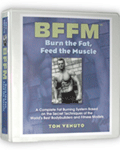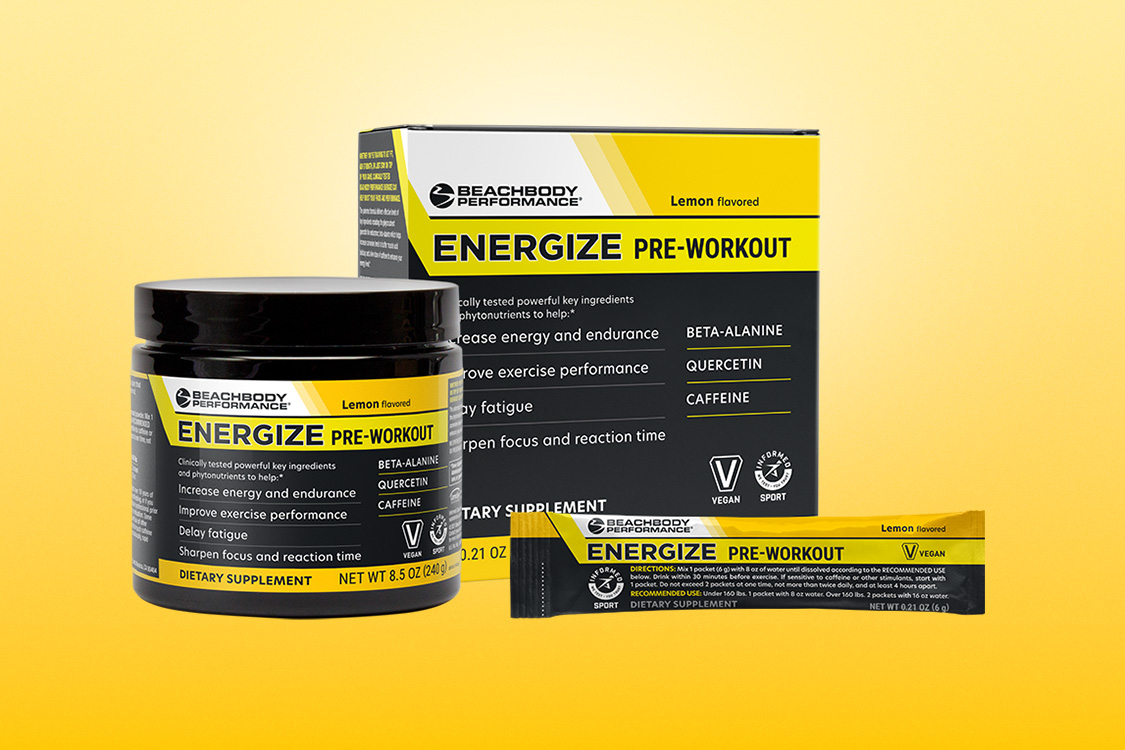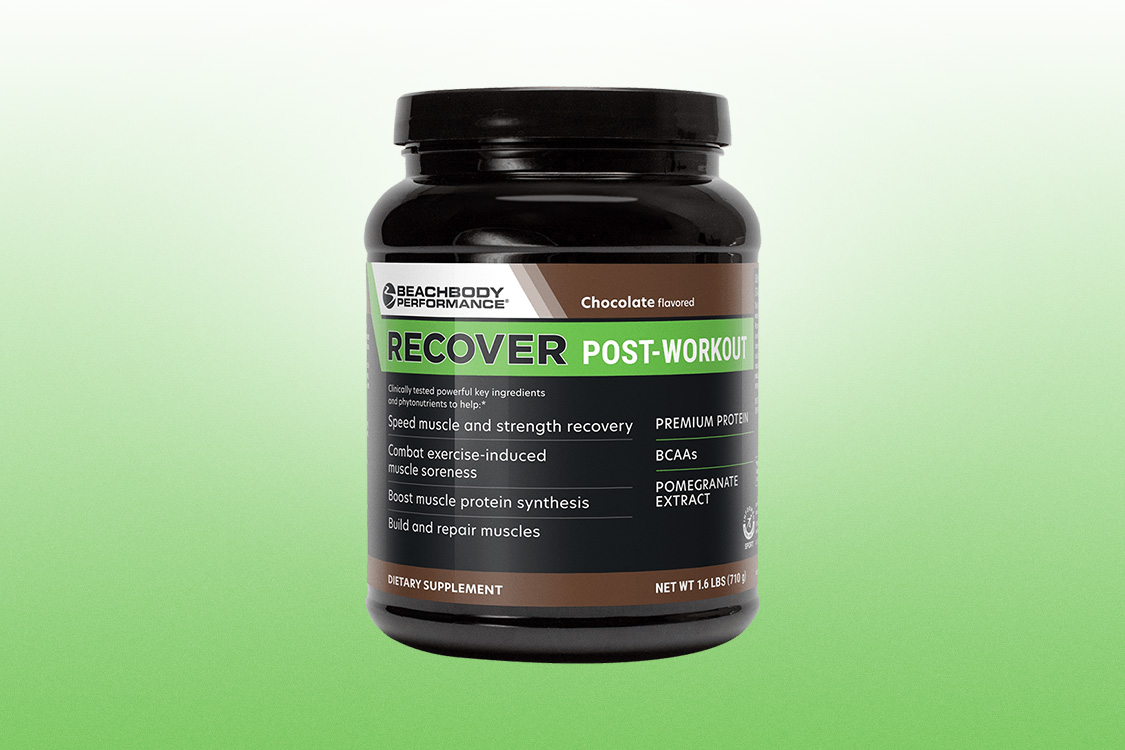Methods of Determining Your Caloric Needs with Calorie Calculators and Calorie Calculations
The first step in designing a personal nutrition plan for yourself
is to calculate how many calories you burn in a day; your total daily energy
expenditure (TDEE). TDEE is the total number of calories that your body expends
in 24 hours, including all activities. TDEE is also known as your "maintenance level". Knowing your
maintenance level will give you a starting reference point from which to begin
your diet. According to exercise physiologists William McArdle and Frank Katch,
the average maintenance level for women in the United States is 2000-2100
calories per day and the average for men is 2700-2900 per day. These are only
averages; caloric expenditure can vary widely and is much higher for athletes
or extremely active individuals. Some triathletes and ultra-endurance athletes
may require as many as 6000 calories per day or more just to maintain their
weight! Calorie requirements may also vary among otherwise identical
individuals due to differences in inherited metabolic rates.
also known as your "maintenance level". Knowing your
maintenance level will give you a starting reference point from which to begin
your diet. According to exercise physiologists William McArdle and Frank Katch,
the average maintenance level for women in the United States is 2000-2100
calories per day and the average for men is 2700-2900 per day. These are only
averages; caloric expenditure can vary widely and is much higher for athletes
or extremely active individuals. Some triathletes and ultra-endurance athletes
may require as many as 6000 calories per day or more just to maintain their
weight! Calorie requirements may also vary among otherwise identical
individuals due to differences in inherited metabolic rates.
Methods of determining caloric needs
There are many different
formulas you can use to determine your caloric maintenance level by taking into
account the factors of age, sex, height, weight, lean body mass, and activity
level. Any formula that takes into account your lean body mass (LBM) will give
you the most accurate determination of your energy expenditure, but even
without LBM you can still get a reasonably close estimate.
The "quick" method (based on total bodyweight)
A
fast and easy method to determine calorie needs is to use total current body
weight times a multiplier.
Fat loss = 12 - 13 calories per lb. of
bodyweight
Maintenance (TDEE) = 15 - 16 calories per lb. of bodyweight
Weight gain: = 18 - 19 calories per lb. of bodyweight
This is a
very easy way to estimate caloric needs, but there are obvious drawbacks to
this method because it doesn't take into account activity levels or body
composition. Extremely active individuals may require far more calories than
this formula indicates. In addition, the more lean body mass one has, the
higher the TDEE will be. Because body fatness is not accounted for, this
formula may greatly overestimate the caloric needs if someone is extremely
overfat. For example, a lightly active 50 year old woman who weighs 235 lbs.
and has 34% body fat will not lose weight on 3000 calories per day (255 X 13 as
per the "quick" formula for fat loss).
Equations based on
BMR.
A much more accurate method for calculating TDEE is to
determine basal metabolic rate (BMR) using multiple factors, including height,
weight, age and sex, then multiply the BMR by an activity factor to determine
TDEE. BMR is the total number of calories your body requires for normal bodily
functions (excluding activity factors). This includes keeping your heart
beating, inhaling and exhaling air, digesting food, making new blood cells,
maintaining your body temperature and every other metabolic process in your
body. In other words, your BMR is all the energy used for the basic processes
of life itself. BMR usually accounts for about two-thirds of total daily energy
expenditure. BMR may vary dramatically from person to person depending on
genetic factors. If you know someone who claims they can eat anything they want
and never gain an ounce of fat, they have inherited a naturally high BMR. BMR
is at it's lowest when you are sleeping undisturbed and you are not digesting
anything. It is very important to note that the higher your lean body mass is,
the higher your BMR will be. This is very significant if you want to lose body
fat because it means that the more muscle you have, the more calories you will
burn. Muscle is metabolically active tissue, and it requires a great deal of
energy just to sustain it. It is obvious then that one way to increase your BMR
is to engage in weight training in order to increase and/or maintain lean body
mass. In this manner it could be said that weight training helps you lose body
fat, albeit indirectly.
The Harris-Benedict formula (BMR based on
total body weight)
The Harris Benedict equation is a calorie
formula using the factors of height, weight, age, and sex to determine basal
metabolic rate (BMR). This makes it more accurate than determining calorie
needs based on total bodyweight alone. The only variable it does not take into
consideration is lean body mass. Therefore, this equation will be very accurate
in all but the extremely muscular (will underestimate caloric needs) and the
extremely overfat (will overestimate caloric needs).
Men: BMR = 66
+ (13.7 X wt in kg) + (5 X ht in cm) - (6.8 X age in years)
Women: BMR
= 655 + (9.6 X wt in kg) + (1.8 X ht in cm) - (4.7 X age in years)
Note: 1 inch = 2.54 cm.
1 kilogram = 2.2 lbs.
Example:
You are female
You are 30 yrs old
You are 5' 6 "
tall (167.6 cm)
You weigh 120 lbs. (54.5 kilos)
Your BMR = 655 + 523 +
302 - 141 = 1339 calories/day
Now that you know your
BMR, you can calculate TDEE by multiplying your BMR by your activity multiplier
from the chart below:
Activity Multiplier
Sedentary = BMR X 1.2 (little or no exercise, desk job)
Lightly active =
BMR X 1.375 (light exercise/sports 1-3 days/wk)
Mod. active = BMR X 1.55
(moderate exercise/sports 3-5 days/wk)
Very active = BMR X 1.725 (hard
exercise/sports 6-7 days/wk)
Extr. active = BMR X 1.9 (hard daily
exercise/sports & physical job or 2X day training, i.e marathon, contest
etc.)
Example:
Your BMR is 1339 calories per day
Your
activity level is moderately active (work out 3-4 times per week)
Your
activity factor is 1.55
Your TDEE = 1.55 X 1339 = 2075
calories/day
Katch-McArdle formula (BMR based on lean
body weight)
If you have had your body composition tested and
you know your lean body mass, then you can get the most accurate BMR estimate
of all. This formula from Katch & McArdle takes into account lean mass and
therefore is more accurate than a formula based on total body weight. The
Harris Benedict equation has separate formulas for men and women because men
generally have a higher LBM and this is factored into the men's formula. Since
the Katch-McArdle formula accounts for LBM, this single formula applies equally
to both men and women.
BMR (men and women) = 370 + (21.6 X
lean mass in kg)
Example:
You are female
You
weigh 120 lbs. (54.5 kilos)
Your body fat percentage is 20% (24 lbs. fat,
96 lbs. lean)
Your lean mass is 96 lbs. (43.6 kilos)
Your BMR = 370 +
(21.6 X 43.6) = 1312 calories
To determine TDEE from
BMR, you simply multiply BMR by the activity multiplier:
Example:
Your BMR is 1312
Your activity level is moderately
active (work out 3-4 times per week)
Your activity factor is 1.55
Your
TDEE = 1.55 X 1312 = 2033 calories
As you can see, the
difference in the TDEE as determined by both formulas is statistically
insignificant (2075 calories vs. 2033 calories) because the person we used as
an example is average in body size and body composition. The primary benefit of
factoring lean body mass into the equation is increased accuracy when your body
composition leans to either end of the spectrum (very muscular or very
obese).
Adjust your caloric intake according to your goal
Once you know your TDEE (maintenance level), the next step is to adjust
your calories according to your primary goal. The mathematics of calorie
balance are simple: To keep your weight at its current level, you should remain
at your daily caloric maintenance level. To lose weight, you need to create a
calorie deficit by reducing your calories slightly below your maintenance level
(or keeping your calories the same and increasing your activity above your
current level). To gain weight you need to increase your calories above your
maintenance level. The only difference between weight gain programs and weight
loss programs is the total number of calories required.
Negative
calorie balance is essential to lose body fat.
Calories not only
count, they are the bottom line when it comes to fat loss. If you are eating more calories than
you expend, you simply will not lose fat, no matter what type of foods or food
combinations you eat. Some foods do get stored as fat more easily than others,
but always bear in mind that too much of anything, even "healthy food," will
get stored as fat. You cannot override the laws of thermodynamics and energy
balance. You must be in a calorie deficit to burn fat. This will force your
body to use stored body fat to make up for the energy deficit. There are 3500
calories in a pound of stored body fat. If you create a 3500-calorie deficit in
a week through diet, exercise or a combination of both, you will lose one
pound. If you create a 7000 calories deficit in a week you will lose two
pounds. The calorie deficit can be created through diet, exercise or
preferably, with a combination of both. Because we already factored in the
exercise deficit by using an activity multiplier, the deficit we are concerned
with here is the dietary deficit.
more calories than
you expend, you simply will not lose fat, no matter what type of foods or food
combinations you eat. Some foods do get stored as fat more easily than others,
but always bear in mind that too much of anything, even "healthy food," will
get stored as fat. You cannot override the laws of thermodynamics and energy
balance. You must be in a calorie deficit to burn fat. This will force your
body to use stored body fat to make up for the energy deficit. There are 3500
calories in a pound of stored body fat. If you create a 3500-calorie deficit in
a week through diet, exercise or a combination of both, you will lose one
pound. If you create a 7000 calories deficit in a week you will lose two
pounds. The calorie deficit can be created through diet, exercise or
preferably, with a combination of both. Because we already factored in the
exercise deficit by using an activity multiplier, the deficit we are concerned
with here is the dietary deficit.
Calorie deficit thresholds: How
low is too low?
It is well known that cutting calories too much
slows down the metabolic rate, decreases thyroid output and causes loss of lean
mass, so the question is how much of a deficit do you need? There definitely
seems to be a specific cutoff or threshold where further reductions in calories
will have detrimental effects. The most common guideline for calorie deficits
for fat loss is to reduce your calories by at least 500, but not more than 1000
below your maintenance level. For some, especially lighter people, 1000
calories may be too much of a deficit. The American College of Sports Medicine
(ACSM) recommends that calorie levels never drop below 1200 calories per day
for women or 1800 per day for men. Even these calorie levels are extremely low.
A more individualized way to determine the safe calorie deficit would be to
account for one's bodyweight or TDEE. Reducing calories by 15-20% below TDEE is
a good place to start. A larger deficit may be necessary in some cases, but the
best approach would be to keep the calorie deficit through diet small while
increasing activity level.
Example 1:
Your weight is 120
lbs.
Your TDEE is 2033 calories
Your calorie deficit to lose weight is
500 calories
Your optimal caloric intake for weight loss is 2033 - 500 =
1533 calories
Example 2: Your calorie deficit to lose
weight is 20% of TDEE (.20% X 2033 = 406 calories)
Your optimal caloric
intake for weight loss = 1627 calories
Positive calorie
balance is essential to gain lean bodyweight
If you want to gain
lean bodyweight and become more muscular, you must consume more calories than
you burn up in a day. Provided that you are participating in a weight-training
program of a sufficient intensity, frequency and volume, the caloric surplus
will be used to create new muscle tissue. Once you've determined your TDEE, the
next step is to increase your calories high enough above your TDEE that you can
gain weight. It is a basic law of energy balance that you must be on a positive
calorie balance diet to gain muscular bodyweight. A general guideline for a
starting point for gaining weight is to add approximately 300-500 calories per
day onto your TDEE. An alternate method is to add an additional 15 - 20% onto
your TDEE.
Example:
Your weight is 120 lbs.
Your TDEE
is 2033 calories
Your additional calorie requirement for weight gain is +
15 - 20% = 305 - 406 calories
Your optimal caloric intake for weight gain
is 2033 + 305 - 406 = 2338 - 2439 calories
Adjust your
caloric intake gradually
It is not advisable to make any drastic
changes to your diet all at once. After calculating your own total daily energy
expenditure and adjusting it according to your goal, if the amount is
substantially higher or lower than your current intake, then you may need to
adjust your calories gradually. For example, if your determine that your
optimal caloric intake is 1900 calories per day, but you have only been eating
900 calories per day, your metabolism may be sluggish. An immediate jump to
1900 calories per day might actually cause a fat gain because your body has
adapted to a lower caloric intake and the sudden jump up would create a
surplus. The best approach would be to gradually increase your calories from
900 to 1900 over a period of a few weeks to allow your metabolism to speed up
and acclimatize.
Measure your results and adjust calories
accordingly
These calculations for finding your correct caloric
intake are quite simplistic and are just estimates to give you a starting
point. You will have to monitor your progress closely to make sure that this is
the proper level for you. You will know if you’re at the correct level of
calories by keeping track of your caloric intake, your bodyweight, and your
body fat percentage. You need to observe your bodyweight and body fat
percentage to see how you respond. If you don't see the results you expect,
then you can adjust your caloric intake and exercise levels accordingly. The
bottom line is that it’s not effective to reduce calories to very low
levels in order to lose fat. In fact, the more calories you consume the better,
as long as a deficit is created through diet and exercise. The best approach is
to reduce calories only slightly and raise your daily calorie expenditure by
increasing your frequency, duration and or intensity of exercise.
References:
1. Katch, Frank, Katch, Victor, McArdle, William.
Exercise Physiology: Energy, Nutrition, and Human Performance, 4th
edition. Williams & Wilkins, 1996.
2. Whitney, Eleanor, Rolfes, Sharon.
Understanding Nutrition, 8th Edition, Wadsworth Publishing, 1999.
3.
American College of Sports Medicine. Position Statement on proper and improper
weight loss programs. Medicine and Science in Sports and Exercise 15: ix
- xiii, 1983.
4. McDonald, Lyle. The Ketogenic Diet. Morris
Publishing. 1998
| Author Tom Venuto
For more great articles like this one, go to |



